New Study Reveals Psychedelics' Potential for Neuroplasticity via Intracellular 5-HT2A Receptor Activation
A recent article published in the journal Science has shed new light on how psychedelics promote neuroplasticity in the brain. The study, Psychedelics promote neuroplasticity through the activation of intracellular 5-HT2A receptors, found that psychedelics activate intracellular 5-HT2A receptors, which trigger a cascade of events that lead to the growth and development of new neural connections.
The study's findings challenge the traditional view of serotonin as a neurotransmitter that acts only at the synaptic level, and suggest that psychedelics have a unique mechanism of action that can have profound implications for the treatment of mental health disorders.
The researchers used a variety of techniques to investigate the mechanism of action of psychedelics, including live imaging of neurons and brain tissue, biochemical assays, and behavioral studies in mice. They found that psychedelics such as LSD and psilocybin activate 5-HT2A receptors not only at the synaptic level, but also inside cells, where they can trigger a signaling pathway called the mammalian target of rapamycin (mTOR) pathway.
Activation of the mTOR pathway has been linked to the growth and development of new neural connections, as well as the synthesis of proteins involved in learning and memory. The researchers found that blocking the mTOR pathway prevented the growth of new neural connections in response to psychedelics, suggesting that this pathway is critical for the neural plasticity induced by psychedelics.
These findings have significant implications for the treatment of mental health disorders such as depression and anxiety, which are associated with reduced neural plasticity. By promoting neuroplasticity, psychedelics may offer a unique approach to treating these disorders. In addition, the study's findings provide a potential context for the endogenous production of DMT in the human brain, which has been proposed to play a role in neural plasticity.
In conclusion, the study's findings provide a new understanding of the mechanism of action of psychedelics and their potential therapeutic applications. By activating intracellular 5-HT2A receptors and promoting neuroplasticity through the mTOR pathway, psychedelics offer a unique approach to treating mental health disorders. The study also raises important questions about the role of endogenous DMT in the human brain and its potential implications for neural plasticity.
References
Ly, C., Greb, A. C., Cameron, L. P., Wong, J. M., Barragan, E. V., Wilson, P. C., ... & Olson, D. E. (2022). Psychedelics promote neuroplasticity through the activation of intracellular 5-HT2A receptors. Science, 375(6579), 728-732. doi: 10.1126/science.adf0435
Disclaimer
Neuro-psychedelic does not encourage the recreational use of psychedelics. While research has shown promising results for the therapeutic use of psychedelics, they are powerful, mind-altering substances that should only be used in a safe setting. If you choose to use psychedelics, it is imperative that you educate yourself about their effects, potential risks, and how to reduce harm. This includes careful preparation, working with a trusted and experienced guide, and taking the necessary precautions to ensure your physical and mental safety.

